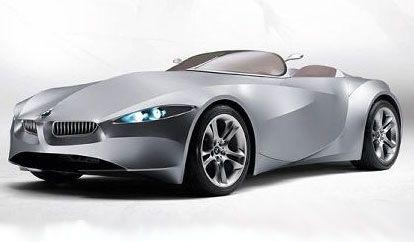
This year, a few Android smartphone manufacturers have pledged to make fewer devices than we’ve seen in previous years. Truthfully, there are probably plenty of people out there who think that’s a great idea. When I look at the way that Motorola launches devices, I think it’s a phenomenal idea that they’ve decided to slow things up. But, I don’t think that means much to a company that launches as many devices as they have in the past. I still think we’ll see launches like the DROID RAZR, followed so quickly by the DROID RAZR MAXX. Sure, it may not happen as often, but it will still happen.
And talking about whether or not phone manufacturers should slow down or not is probably a shallow debate. Sure, they probably should, but no one is going to sit here and say that options aren’t a good thing, especially when it comes to Android. (Some may even say that would go for any mobile platform out there, and they could be right.) But, when you start having too many options, and forsaking owners of devices previously launched, then things are getting out of hand.
Is Android out of hand? That’s debatable, and we will try our best to avoid that right here and now. Instead, let’s try to look at another option for the phone market, shall we? And, maybe, let’s try to compare it to another market and see what kind of ideas we can gather from it. As the title suggests, let’s take a look at the automobile industry, and see if we can possibly offer up some ideas for the phone market, to see if we could possibly help out a bit.
To be frank, our phones aren’t much different than cars, if you look at it with an open mind. They’re all about the muscle power now-a-days, but at the same time showcasing some level of refinement and sophistication and features. Power, features, and fuel/battery economy. We all want the same things from our cars that we want from our phones, but the main difference between the two markets is a release schedule. A phone is a lot cheaper to build than a car, so we’ve got Samsung, HTC, Motorola, LG and any other manufacturer out there releasing plenty of devices to fill plenty of markets. But, unlike the automobile industry as a whole, we don’t just have one phone for one market, but a bunch of different phones.
So what if the phone manufacturers started acting more like automobile manufacturers? Because, let’s face it, the more devices these companies launch the more there is a possibility that they won’t make up the money that they used to create the device. So instead, why not create one phone for the high-end market, and then one additional phone to fill all the other markets?
The one issue, front and center especially here in the United States, would be carriers. Verizon and AT&T love their exclusive deals, and that’s not to say that both Sprint and T-Mobile don’t want their own deals, too. They all get exclusivity on a device at some point, and that’s probably where the big problem would be. At least until that exclusive period ended, of course.
The iPhone already follows this method, more or less. It’s become that way most recently, with the release of the iPhone 4 seeing the drop in price of the iPhone 3GS, and the handset becoming available to more people in more markets. The same can be said for the iPhone 4S, and the subsequent price drop of the iPhone 4, but that still doesn’t offer enough in the way of options for niche markets.
If HTC were to release one high-end device, the handset that has every bit of new hardware, software, and everything in between, and made it available in different colors, with different “options” (like with Beats headphones, or even with or without Beats Audio Technology) and available on every carrier, then you’d have people pick it up, in a variety of different “models.” The HTC Rezound or the Rezound XL. (I used that on purpose.) These “models” exist in one way or another, but in different international markets, or tied to a specific carrier so it’s impossible (or unlikely) for everyone to have a shot at it.
You don’t need to launch three different models of a phone or the same model of a phone in a different color weeks after the initial launch. You have it available on launch day in different colors, with different features, right from the start. And, people can have the option to “build” their own model, either in a store or online, and make the phone they want from the available options provided to them. That way, you’re still offering options, but people have a way of creating the phone they want, and paying for what they want.
I know, I know, it’s a bit crazy and obviously manufacturers are probably not going to do this anytime soon, but it’s an option. All those talks about what your perfect smartphone would be? This would be a way to reach that goal, with available options.